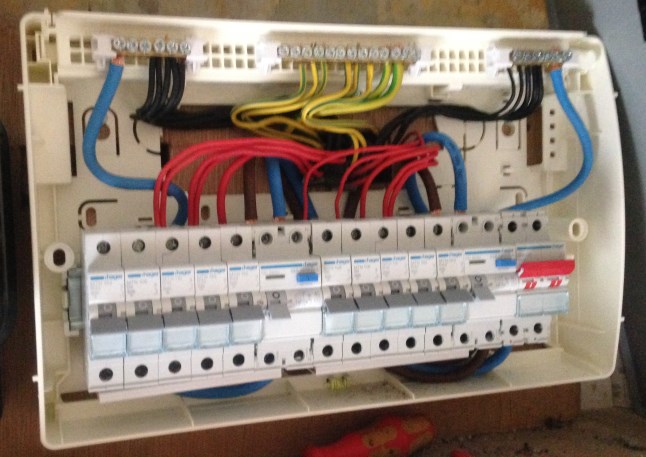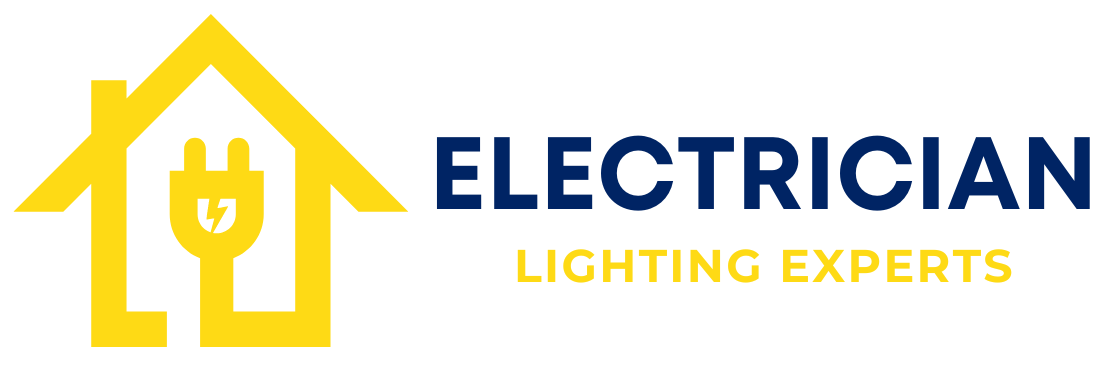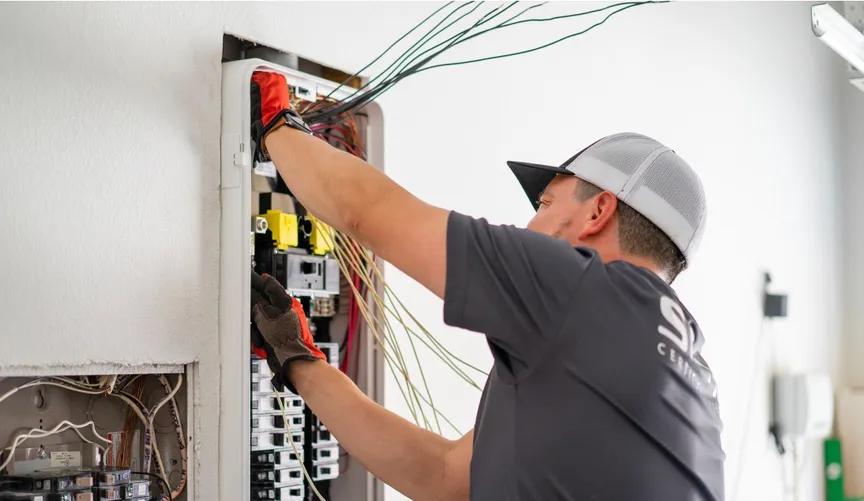Introduction
Electrical panels are the heart of any building’s electrical system, responsible for distributing power safely and efficiently throughout the space. With a variety of electrical panel types available, it can be overwhelming to choose the right one for your needs. Whether you’re upgrading an old panel, expanding your electrical system, or installing a new one, understanding the differences between the various types of electrical panels is essential. This guide will walk you through the most common types, their features, and when to consider each for your home or business.
1. Main Electrical Panel (Service Panel)
2. Subpanel (Secondary Panel)
A subpanel, or secondary panel, is a supplementary distribution panel connected to the main electrical panel. It is designed to provide power to specific areas or appliances that require additional circuits without overloading the main panel. For example, a subpanel might be used to supply power to a garage, basement, or workshop. A subpanel includes its own smaller main breaker, which controls power to that specific area, but it is ultimately connected to the main panel for its power supply. Typically, a subpanel will have fewer breakers than the main panel and is tailored to meet the specific needs of the area or equipment it serves. For instance, a home with a dedicated workshop or an area requiring high-power equipment may need additional circuits that a subpanel can provide. These panels help prevent overloading the main panel by isolating electrical demands in specific areas, making them common in larger homes or buildings with high electrical demand.
3. Fuse Box (Older Panel Type)
The fuse box is an older type of electrical panel, primarily used before circuit breakers became the standard. Instead of circuit breakers, fuses are used in fuse boxes to protect circuits from overloads. When too much electricity flows through a circuit, the fuse “blows,” cutting off the power to that circuit. Unlike circuit breakers, which can be reset, a blown fuse needs to be replaced with a new one, making it a more labor-intensive solution. While fuse boxes offer protection from overloads, they don’t provide the same level of convenience and safety as modern circuit breakers. They also lack some of the more advanced features that newer panels offer, such as better load management and ease of resetting circuits. Fuse boxes are found primarily in older homes or buildings that have not yet been upgraded to modern systems. Though outdated, some older systems still use fuse boxes due to the cost or complexity of upgrading.

4. Main Lug Panel
A main lug panel is similar to a main electrical panel but differs in that it lacks a main breaker. Instead of having a large switch that controls power to the entire building, the main disconnect is usually located outside the panel, such as on the meter. This type of panel is primarily used in situations where an external disconnect device is required for safety or regulatory reasons, such as in commercial buildings or larger homes. The main lug panel functions by distributing power throughout the building but relies on the external disconnect to control the flow of electricity to the building as a whole. As there is no main breaker within the panel, it is important that the external disconnect is properly maintained and accessible in case of an emergency. These panels are commonly seen in larger properties or commercial setups, where safety regulations necessitate the use of an external breaker.
5. Smart Electrical Panel
A smart electrical panel is a modern upgrade to traditional electrical systems, offering real-time monitoring and advanced control through smart technology. These panels are designed to provide enhanced energy efficiency, remote control, and integration with home automation systems. With a smart panel, homeowners or businesses can remotely control individual circuits using a smartphone app or through home automation systems like smart thermostats or lighting. One of the major advantages of smart panels is the ability to monitor energy usage in real-time, allowing users to see which circuits are consuming the most power and make adjustments to optimize energy efficiency. Some smart panels also offer automation, such as automatically shutting off circuits that aren’t being used, which can reduce energy consumption and improve overall system performance. These panels are ideal for tech-savvy homeowners or businesses that want to optimize energy usage and improve the safety and efficiency of their electrical systems.
6. Transfer Switch Panel
A transfer switch panel is essential for homes or businesses that rely on backup generators during power outages. It allows for a seamless and safe transition between utility power and generator power. When an outage occurs, the transfer switch automatically or manually switches the power source from the grid to the backup generator, ensuring that essential circuits are powered without the risk of overloading. Safety mechanisms in transfer switches prevent backfeeding, which occurs when power from the generator flows back into the utility lines, potentially harming utility workers who are repairing the grid. These panels are critical in situations where continuous power supply is necessary, such as in homes with medical equipment or businesses that rely on 24/7 power. The transfer switch ensures that the generator provides power only to selected circuits, preventing overloading and ensuring that the generator operates efficiently.
7. Panel for Solar Power (Solar Power Distribution Panel)
A solar power distribution panel is specifically designed for homes or businesses that have solar energy systems. These panels work in conjunction with the main electrical panel to manage the flow of solar power into the building’s electrical system. A key component of these panels is the inverter, which converts the solar panels’ DC (direct current) power into AC (alternating current) power, the type of electricity used by most appliances. The solar panel system also includes a disconnect switch, which allows for safe disconnection of the solar system during maintenance or in the event of an emergency. Solar power panels help integrate renewable energy into the building’s electrical system, making them a crucial component for those with solar power installations. They are designed to ensure that solar-generated electricity is properly routed and safely used within the home or business, and they often include features that enable the user to monitor and manage solar energy consumption.

Conclusion
Choosing the right electrical panel is crucial for maintaining safety, efficiency, and reliability in your building’s electrical system. From the basic main panel to specialized smart panels and transfer switches, each type of electrical panel serves a specific purpose and caters to different needs. Whether you’re managing an older system or modernizing for new technologies, knowing your options ensures that your electrical setup can grow with your demands. Always consult with a professional electrician to ensure that your electrical panel is correctly sized, properly installed, and up to code for optimal performance. Contact Us for more info!

